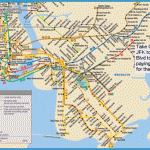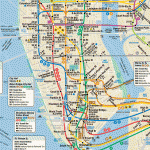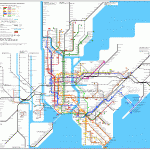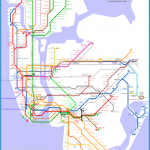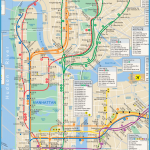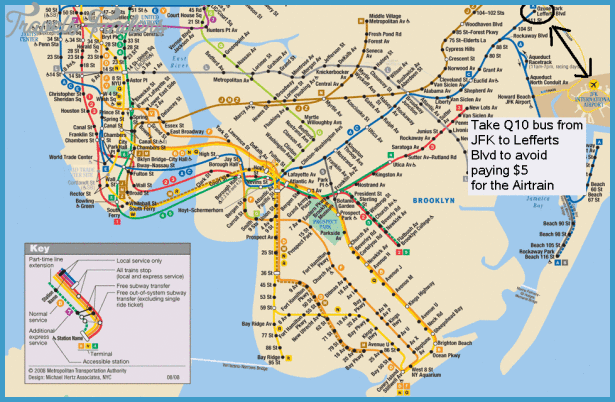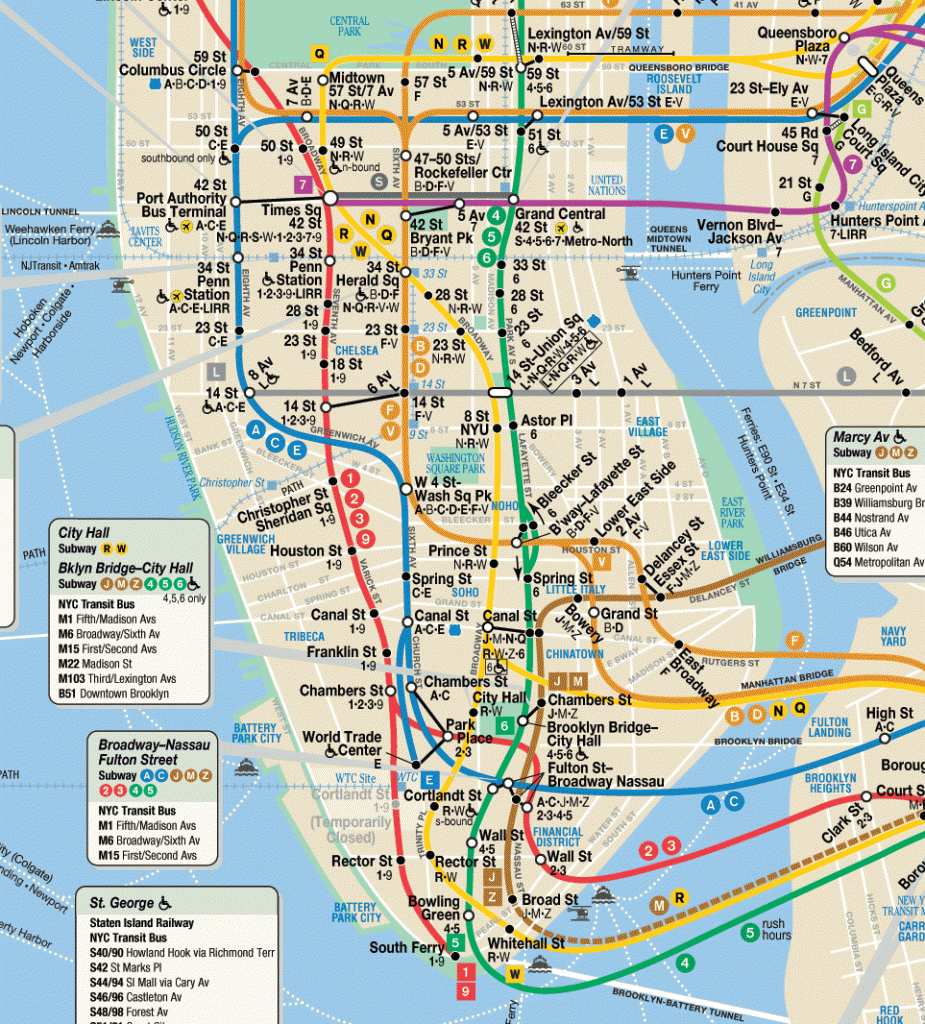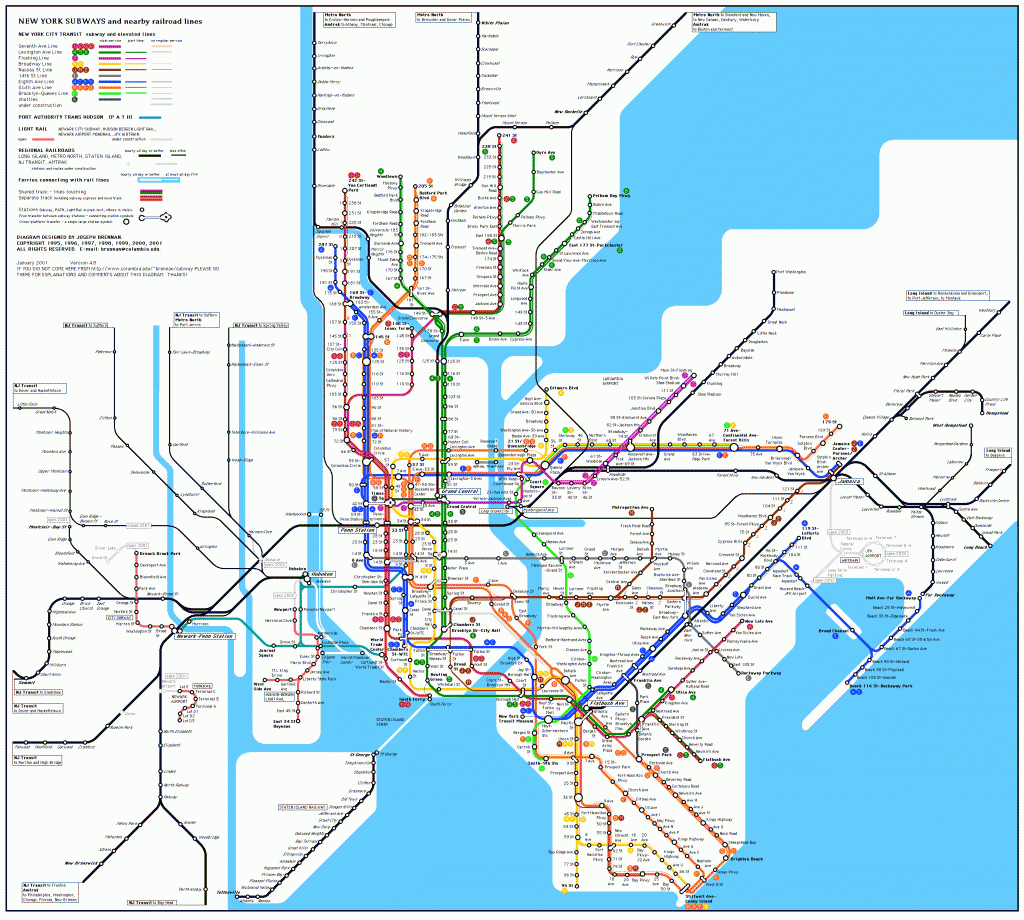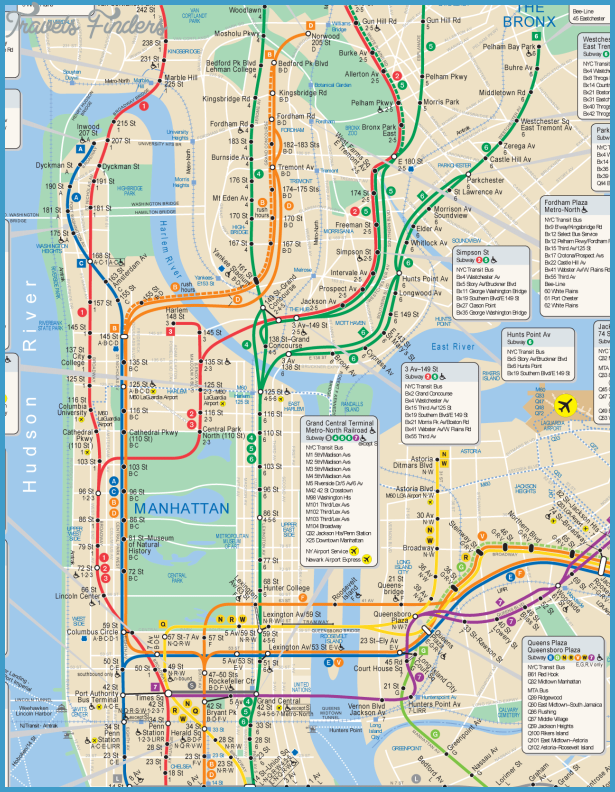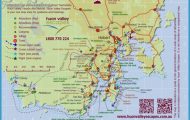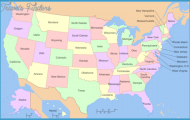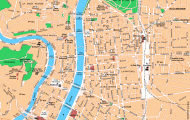New York HISTORICAL OVERVIEW Size and Location
In the year 2005, over 2 million of New York State’s 3 million Latinos were living in New York City. At the dawn of the twenty-first century, Latinos represented close to 30 percent of the New York City population and 16 percent of the state’s total. Although the roots of many Latinos in the state of New York go back two centuries, half of them are newcomers. They have become indispensable contributors to the economy and have enlivened the city’s and state’s culture with their tasty food, syncopated rhythms, baseball sportsmanship, and pious religiosity. Less visible are Latinos in politics and other places of power. Success has come slowly in business and socioeconomic improvement, both highly dependent on academic achievement.
Throughout the state Latino communities form tight clusters in urban areas commonly known as inner cities. Although their numbers in the state’s 62 counties diminish in proportion to the distance from New York City, Latinos can be found in considerable concentrations from Nassau (11 percent), Suffolk (12 percent), and Westchester (16 percent), in New York City’s vicinity, to Orange (14 percent) and Dutchess (8 percent), somewhat farther north. Within specific cities Latinos’
participation in the total population is larger than at the county level. Thus Latinos in the city of Rochester make up 13 percent of the population but only about seven percent of Ulster county’s; the same happens in Buffalo, whose Latino population represents 7.5 percent of the population but approximately only three percent of Erie County’s. Within the city of New York, Latinos’ percentages vary, ranging from 18 percent in Staten Island, 20 percent in Kings County in Brooklyn, and 26 percent in Queens, to 30 percent in Manhattan and 51 percent in the Bronx. A positive outcome of the Bronx’s Latino majority is that Latino politicians have been elected more frequently to public office, thus representing more districts from the Bronx than from any other borough in the city.
Thanks to the Immigration and Nationality Act of 1965, which led to chain migration, the growth from previous decades continued with a concomitant diversification. Up until 1970, Puerto Ricans used to represent 80 percent of the Latinos in New York City. Their numbers increased until 1990, but since then the Puerto Ricans’ share in the total Latino population has declined in absolute and relative terms. In 2000 there were about 100,000 fewer Puerto Ricans in the city than in 1990; and the U.S. census estimates of 2005 found the size of this community stagnant at around 780,000. Today they represent only 35 percent of the total Latino population in New York City. The changes are due in part to a dispersion of Puerto Ricans throughout the state of New York, where they compose 50 percent of the Latino population. Their displacement to other states, such as Connecticut and Pennsylvania, and a return flow back to Puerto Rico a phenomenon that has been prevalent since the 1970s, which has been dubbed reverse migration have also contributed to this decline in population. The change is also explained by the increased presence of Latinos arriving from all Latin American countries, and particularly from the Dominican Republic and Mexico. Dominicans have become the second-largest group, making up 24 percent (570,000) of the Latino population in the state of New York. In addition, during the last two decades Mexicans in New York City have become a rapidly growing segment of the Latino population, going from 56,000 people in 1990 to over 240,000 a decade later. They stand in third place, after Puerto Ricans and Dominicans. But it is widely believed that such figure grossly underestimates the real size of the Mexican presence, given that the undocumented among them might surpass the 100,000 mark.1 Finally, South Americans as a group constitute a large category (15 percent), followed from afar by Central Americans (6 percent).
Latinos who live outside New York City comprise about one-third of the state’s total population. Their presence in the suburbs dates from the 1940s in the case of Puerto Ricans, whereas most others trace the history of their suburban experience from as recently as the 1980s. During World War II, thousands of Puerto Ricans were actively recruited to work in New York farms and factories. Single and married male workers came first; later, many brought their families over and
laid down the foundations for Latino communities in rural areas outside New York City some as far as Buffalo, an eight-hour drive from the Big Apple. With time, many Puerto Ricans who started as farmworkers moved to the industrial towns in search of better-paying and stable jobs. New waves of migrants, chiefly Mexicans and Central Americans, replaced Puerto Ricans as farm hands in the latter part of the twentieth century.
Much like Euro-Americans before them, Latinos settled in suburban areas in recent decades in pursuit of jobs, but they sought also their share of the American Dream. Latinos have moved away in successive waves from New York City because they want to be able to own a house. Lack of personal safety in many neighborhoods motivated Latinos to search for safe areas. Last but not least, the lure of good public schools in suburban areas has attracted Latino families. The massive escape from New York City by Latinos has not been the panacea they have sought.
Presumably, those who settled in the suburbs first, before the economic crisis of the 1970s, could have still enjoyed the advantages of living away from the city. However, in the last decades of the twentieth century the quality of life in the suburbs deteriorated. This was due to the dismantling of manufacturing plants and the disappearance of stable, good-paying, unionized jobs, among other things. Also, the exodus of whites further away from blacks and Latinos and the consequent decline in tax revenues contributed to a reduction of government spending and investment. Recent times saw the emergence throughout New York State of the inner suburbs dilapidated residential areas in the wake of economic transformation that have been inherited by minorities, and which came to suffer the same social ills familiar to the inhabitants of the inner cities, namely floundering public schools, run-down housing, drug dealing, and gang violence.
New York City suburbs are segregated ostensibly by income levels. Yet, white middle-class suburbs rely on the hundreds of thousands of Latinos who have settled in nearby towns to supply low-wage labor. Hempstead, Long Island, is a case in point. Half an hour from New York City, Hempstead has been since the 1980s the home to thousands of migrants, mostly Salvadorans seeking refuge from the civil war raging in that country (1979-1991). Salvadorans have contributed heavily to the fast growth of Latinos in the two counties of Long Island, Suffolk and Nassau. Just between 1980 and 1990, the census registered increases of the Salvadoran population by 79 percent in Nassau and 50 percent in Suffolk.
By the year 2000 the census found that 282,693 Latinos were residing in Long Island.2 Most of them are concentrated in a few occupations principally as domestics, babysitters, housecleaners, and landscapers, whereas some are employed in restaurants, car washes, and light manufacturing. Because Long Island’s hunger for cheap labor has not abated, Mexicans have joined Salvadorans; and these two have been the fastest-growing Latino nationalities during the first decade of the twenty-first century.
The few Salvadorans who arrived before 1980 were of middle-class background. They were mostly professionals, and they preferred to live in the city. The Salvadorans who flooded New York in the ensuing decades were different from the first Salvadoran wave: they were low skilled and came from a peasant background; Long Island was thus a better option for them because there they found jobs that matched their abilities. About half of Salvadoran migrants are undocumented, and one-fifth hold temporary work permits. Only about one-quarter of this Central American community enjoys the privileges of stable residency and citizenship. The tenuous residency status of most Salvadorans places them in a situation of vulnerability. They are not represented politically, and they have not established strong community organizations that could advocate for them. Salvadorans’ U.S.-born children receive deficient public schooling, and they are exposed to the deleterious influence of street life, which is rife with gang activity.
Nevertheless, with the high concentration of Salvadorans in a few areas for example, Hempstead and Brentwood an entrepreneurial sector of small and medium size businesses has been developing in their midst. Positive signs, though some still feeble, of internal coherence within the Latino community are appearing. Salvadorans, for instance, have established a chamber of commerce and their own newspapers for example, La Tribuna Hispana. They have also been interacting with older Latino communities, such as the Puerto Ricans, and newer ones such as the Colombians, Dominicans, and Mexicans. These groups are coming together to do business, to join forces in addressing common issues, and to celebrate their common cultural heritage through festivals and annual parades.

